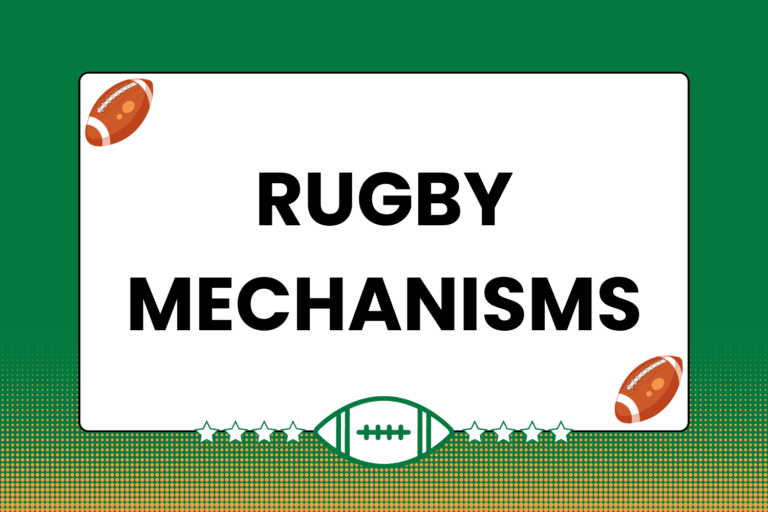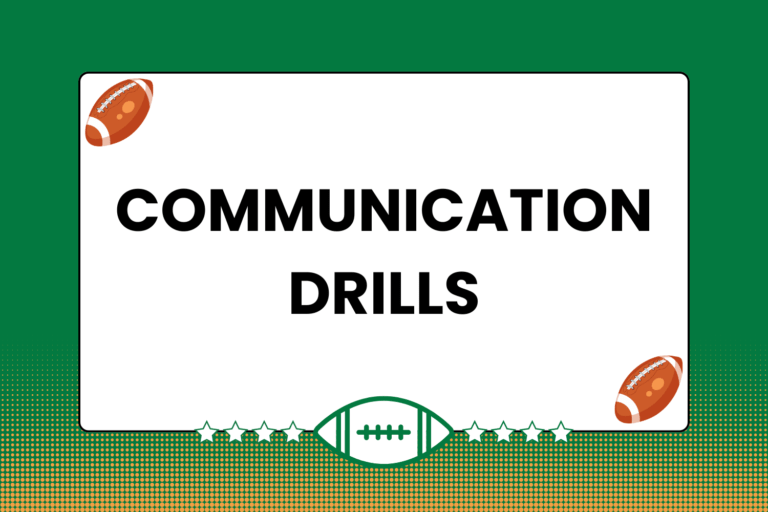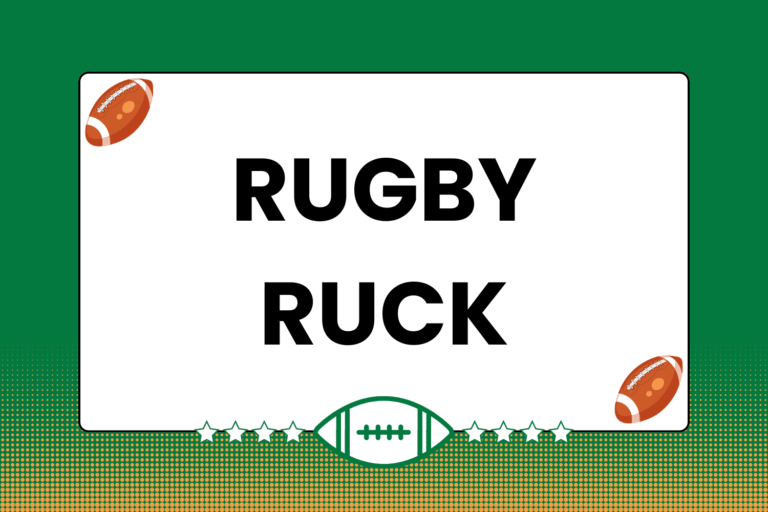Clearing opponents out of the ruck area is the key to winning a ruck — and possibly even the game. While certainly easier said than done, a team that can win at the ruck is a team that maintains control of the ball. This guide looks at two frequently-used methods of clearing opposing players away from a ruck.
The Straight-on Ruck Clear
The straight-on ruck clearing technique is exactly what it sounds like: Engaging an opposing player in a head-on manner, and driving him away from the ruck. Here’s a breakdown of how the straight-on clear works:
- Approach the ruck from the front, rather than at an angle or from the side.
- Targeting one specific opposing player, lower your body like you’re about to make a tackle; getting lower than the player you’re going to clear makes your job much easier.
- Engage the ruck, approach the player you’re going to clear, and make the hit with your shoulder. Keep your feet moving.
- Bring your arms up and around the other player’s chest; this motion helps you maintain control of that player, and the upward momentum puts him off-balance.
- Drive through the player until he is safely away from the ruck.
Variations of the Straight-on Ruck Clear
As basic as the straight-on ruck clear technique sounds, it’s important to remember that opposing players in the ruck will all be in different positions. The exact technique described above would likely work easily if you meet an opposing player in the ruck at the exact same moment that you join it, but there are several other scenarios to consider as well:
- If the player you’re trying to clear is lower than you at the moment you come in for the clear, wrap both arms around his chest and try to lock your hands at his sternum. Squeeze your arms and hands as you drive; this will hopefully give you a secure enough grip to control the opposing player.
- If an opposing player has beaten you to the ruck and is starting to pick up the ball, engage him and wrap your arms around his arms, being sure to squeeze them as you do. This squeezing motion should force the other player’s arms inward, making it difficult to cleanly pick the ball up.
The Leg Lift Ruck Clear
Occasionally, the player you attempt to clear out will have an advantage over you, either positioning-wise (he’s got a leg over the ball carrier and is capable of quickly picking the ball up) or physically (he’s noticeably bigger than you).
In either of these situations, a straight-on ruck clear probably won’t work very well. Instead, it’s a good idea to use the leg lift clearing technique:
- The leg-lift clear starts out just like the straight-on clear. In fact, the two techniques are very similar in structure.
- The big difference is in the manner that you attempt to clear the opposing player: Instead of wrapping up at the body, the leg lift has you focus your efforts on one of the opposing player’s legs. Specifically, you wrap up one leg, lift it, and drive backwards.
While the straight-on clear relies on body positioning, strength, and momentum, the leg-lift clear simply puts the player being cleared off-balance, and keeps him that way as long as he’s hopping along on one leg.
Fun Fact:
According to the International Rugby Board, approximately 150 rucks occur in the average rugby game.
Keys to a Successful Ruck Clear
A ruck is cleared after one side successfully drives the other away from the ball. The act of clearing the ruck is a group effort that often begins with a combination of well-timed individual efforts. Below are some of the fundamental technique points for individual players involved in clearing a ruck:
- Focus on one player: Commonly, few different opposing players are involved in the ruck. Pick one player to clear out; don’t try to clear out every opposing player in the area. That’s what your teammates are for.
- Approach the ruck head-on: The amount of force you generate with your approach run and eventual hit is best utilized in a head-on manner. It will be easier to clear an opposing player from the front, rather than from the side. Also, approaching from the side runs the risk of incurring a penalty for not entering the ruck properly.
- Get low: In most contact situations, the laws of physics will determine the winner. A low center of gravity makes it easier to drive an opposing player away. A good rule of thumb is to be lower than the player you intend to clear.
- Aim for the chest: Along with getting low, you should target the chest or upper mid-section of the player you intend to clear. This will automatically help you make a good low-to-high hit, and the added upward momentum will help to knock the opposing player off-balance.
- Keep the feet chopping: Your initial instinct upon first hitting your target will be to stop moving and assess the situation. Train yourself to ignore this instinct; actually clearing that player out won’t happen if you hit him and stand still. Concentrate on moving your feet throughout the hit and drive.
- Run through the ruck: Making a tackle doesn’t end with the initial hit — it ends when the ball carrier either releases the ball or goes to the ground. A ruck clear doesn’t occur until you’ve completely removed your target from the established ruck area. Keep driving until you’re at least a few meters away from the ruck.
Another option for clearing out opposing players is to bind on to a teammate prior to entering the ruck. The added strength and mass that this provides will definitely make it easier to clear out an opposing player. However, there is a risk involved in this scenario:
- For example, say a ruck forms and there are four players near it, two from team A and two from team B. Team A has the ball going into the ruck.
- One player from team B immediately enters the ruck, and both players from team A bind together and clear him out.
- However, if both players from team A are committed to clearing out that first player from team B, then it creates an opportunity for the other player from team B to make a play on the ball without any resistance.
In the situation outlined above, it would be better for only one player for team A to commit to clearing out team B’s closest player, so the other player from team A could stay at the ruck and protect the ball.
Mental Edge
The laws of the game stipulate that all players in the ruck must be bound on to a teammate. If you enter a ruck to clear out a player, and you end up stuck in the ruck, quickly bind onto your closest teammate. Otherwise, you run the risk of getting called for a penalty.
Ruck with the Best
As with most contact-heavy abilities, it’s much easier to read about a skill than it is to actually perform it. Focus on practicing individual parts of the ruck clear first, then work on sequencing them together. The more attention you pay to the individual parts of the ruck clear, the easier it will be to perform it in its entirety.
A Word of Caution
These are not the only ways to clear opposing players out of the ruck area; however, they are two completely legal clearing techniques. According to the IRB’s laws of the game, “lifting a player from the ground and dropping or driving that player into the ground whilst that player’s feet are still off the ground such that the player’s head and /or upper body come into contact with the ground first is dangerous play.”
There are several other maneuvers that clear players out of a ruck, but most of them involve lifting the opposing player off the ground in some manner. Unfortunately, the legality of such maneuvers tends to vary from one official to the next, so your best bet is to stick with the ruck-clearing techniques that aren’t in question.





